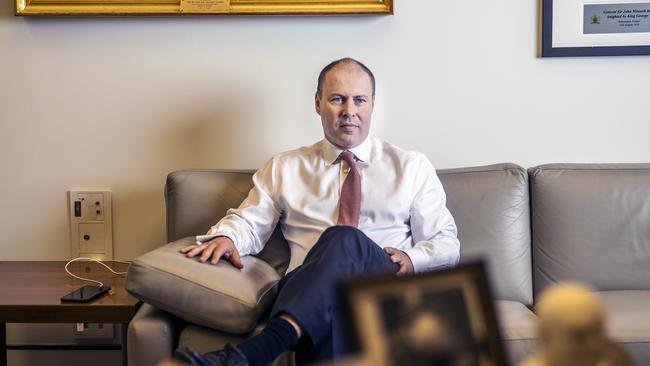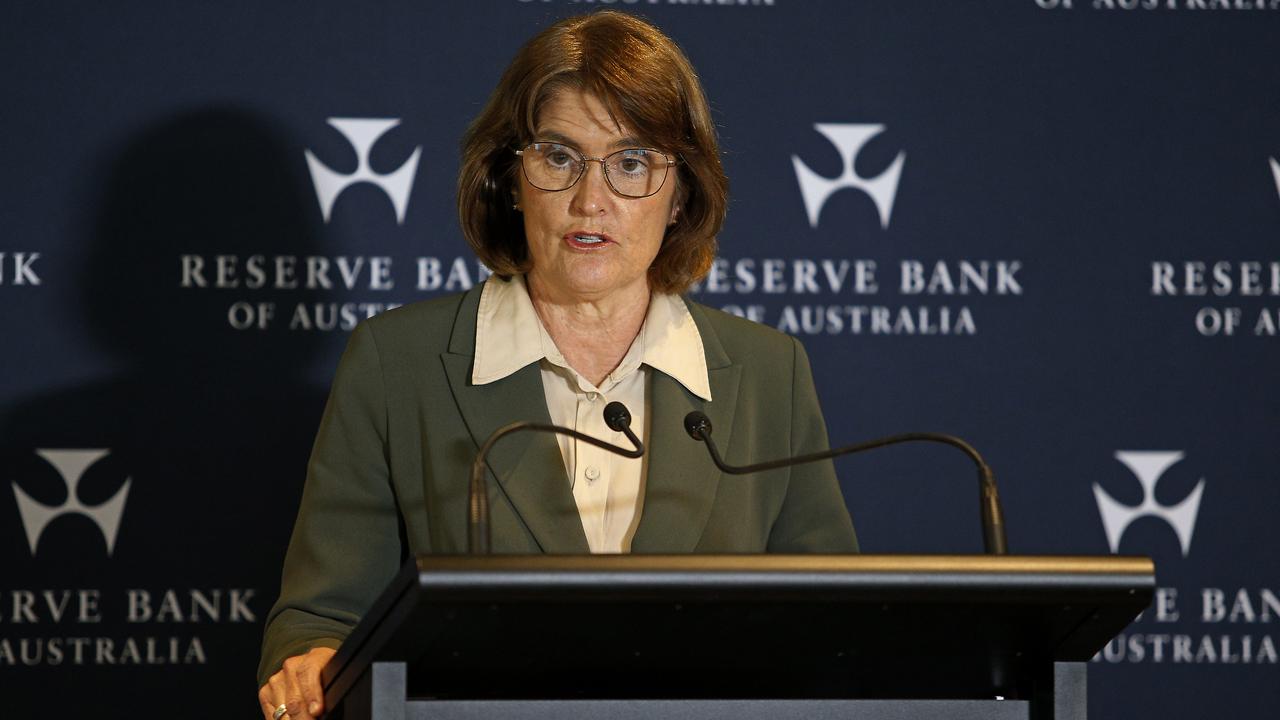
Wide areas of business are ignoring government controversies such as female rights, Australia Post, vaccinations plus carbon and are planning unprecedented increases in investment.
Add that to the home building boom, higher home prices, strong employment, the mining revenue avalanche, and the areas of retail that have surged ahead, and the nation is entering a rise in economic activity that has few precedents.
But this boom has also left behind important areas of the economy that are still suffering, including those related to overseas students and travel.
We can call it “the Frydenberg boom” because there is no doubt that the Treasurer has kept the economic ship on a carefully planned course amidst the turmoil in other areas of government.
The combination of isolating Australia and the local spending by Australians of money they would have otherwise spent overseas, first-home buyer aid, state government spending, plus the enormously successful giant JobKeeper program, have been big forces in the boom.
As I will explain below, we have a Reserve Bank bunkered in Martin Place that may not fully understand the selective strength of the “Frydenberg boom”.
Accordingly there is danger we will overshoot, although Frydenberg has already made one “cooling off” manoeuver.
Leaving aside its geographic closeness to the US, Canada has an economy that is similar to Australia so is experiencing the same trends. The Canadians have responded by cutting back their purchases of government bonds, which has seen the Canadian dollar rise.
In Australia. I have heard anecdotal evidence that many Australian enterprises are planning big increases in investment, but there were no hard facts.
Then last week the NAB produced its March 2021 quarterly survey and buried in the charts was a staggering rise in investment intentions. As we all know those intentions may not translate into purchase orders, but during the pandemic a vast number of chief executives thought carefully about where their enterprises were heading and how to lift productivity. Many have reached the conclusion that they need to upgrade their equipment and embrace the new systems and technologies. In other cases they are reorganising their usage of property plant and labour.
Along with others I am concerned that if the investment intentions, as set out in the NAB chart, become a reality then there will simply not be the capacity to undertake the tasks, given the housing boom. That will mean big rises in the costs of material and perhaps labour.
Out of such a situation will come inflationary pressures.
We are starting to see downside dangers become a reality in parts of the home building industry.
I was in Queensland last week and a regional building group failed because it signed up fixed price home building contracts at a rate much greater than they had been previously been building. The costs of materials jumped given the greater demand and labour was hard to get without bidding up the price, The building group failed.
These pressures are impacting builders around the country.
Over the weekend I was yarning to a jubilant large home builder whose business around Australia has doubled. He says the smarter builders have added a higher margin for increased costs and he was grateful that Josh Frydenberg took the foot off the accelerator and gave builders much more time to complete first-home buyer projects.

The Reserve Bank still has its foot firmly on the accelerator and is boosting demand by spruiking that interest rates will stay at token levels for two years and printing money by buying bonds. Those areas that are most sensitive to low rates and money printing are booming and face capacity issues, while the gap between rich and poor widens as home prices boom and rents rise.
Of course if the Reserve Bank cuts back its bond buying and later allows rates to rise the Australian dollar would rise further, along with the Canadian dollar.
The last time the Australian dollar was at parity with the US dollar the iron ore price was also going through the roof. Our currency has always been linked to commodities.
In decades gone by it was linked wool and gold. Now iron ore is the major force and it is currently priced at record levels.
If the “Frydenberg boom” forces the Reserve Bank to reduce its stimulation then the dollar will rise sharply.
Meanwhile a number of companies which can see the momentum developing in the “Frydenberg boom” have taken the opportunity to borrow at a fixed rate for 10 years on the bond market. It’s a smart move.
When it comes to the 2022 election it is possible that the politically popular issues that currently dominate the landscape will hold sway and deliver Anthony Albanese the prime ministership.
But historically it is more likely that the economy will be the most powerful electoral force. A danger for the Coalition government is that the boom will get out of hand because the Reserve Bank took too long to moderate stimulation.






As Josh Frydenberg puts the finishing touches to next month’s budget it is clear that the 2021 boom is developing greater momentum.